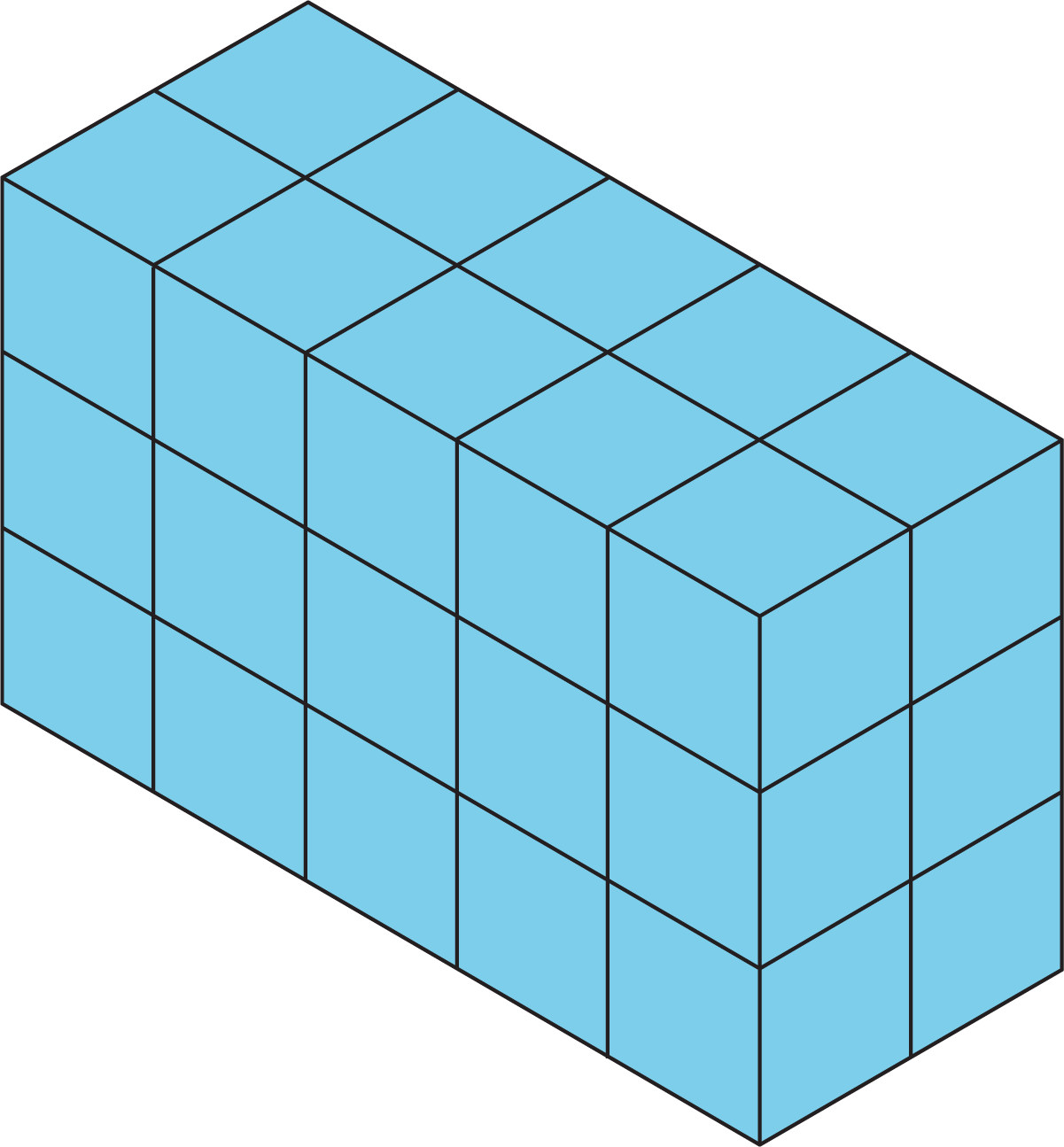Cool-Downs
Each lesson includes a cool-down (also known as an exit slip or exit ticket) to be given to students at the end of the lesson. This activity serves as a brief checkpoint to determine whether students understood the main concepts of that lesson. Teachers can use this as a formative assessment to plan further instruction.
What if the feedback from a cool-down suggests students haven’t understood a key concept? Choose one or more of these strategies:
- Look at the next few lessons to see if students have more opportunities to engage with the same topic. If so, plan to focus on the topic in the context of the new activities.
- During the next lesson, display the work of a few students on that cool-down. Anonymize their names, but show some correct and incorrect work. Ask the class to observe some things each student did well and could have done better.
- Give each student brief, written feedback on their cool-down that asks a question that nudges them to re-examine their work. Ask students to revise and resubmit.
- Look for practice problems that are similar to, or involve the same topic as the cool-down, then assign those problems over the next few lessons.
Here is an example. For a lesson in grade 6, unit 4, the learning goals are:
- Calculate the surface area of a rectangular prism and explain (orally and in writing) the solution method.
Comprehend that the term “surface area” (in written and spoken language) refers to how many square units it takes to cover all the faces of a three-dimensional object.
The cool-down reads:
A rectangular prism made is 3 units high, 2 units wide, and 5 units long. What is its surface area in square units? Explain or show your reasoning.

A number of students responded with 31, and did not provide an explanation or show their reasoning. Here are some possible strategies:
- Notice that this lesson is the first of several that familiarize students with the idea of surface area. Over the next several lessons, there are more opportunities to reason about surface area in different ways. When launching these activities, pause to assist students in interpreting correctly what the question is asking. Highlight the strategies of any students who use a discrete diagram or other representation to correctly represent multiple batches.
Select the work of one student who answered correctly and one student whose work had the common error. In the next class, display these together for all to see anonymously. Ask each student to decide which interpretation is correct, and defend their choice to their partner. Select students to share their reasoning with the class who have different ways of thinking about the surface area of the prism.
Write feedback for each student to promote further thinking, such as, "What would this prism look like if you turned it around?" Allow students to revise and resubmit their work.
Look for practice problems in upcoming lessons that require students to identify the surface area when they can only see one view of the shape and be sure to assign those problems.